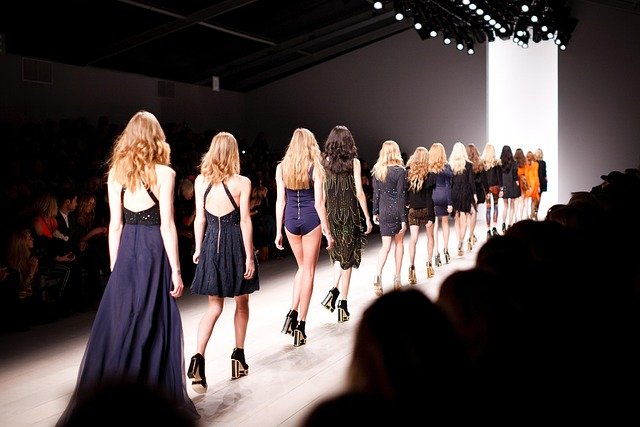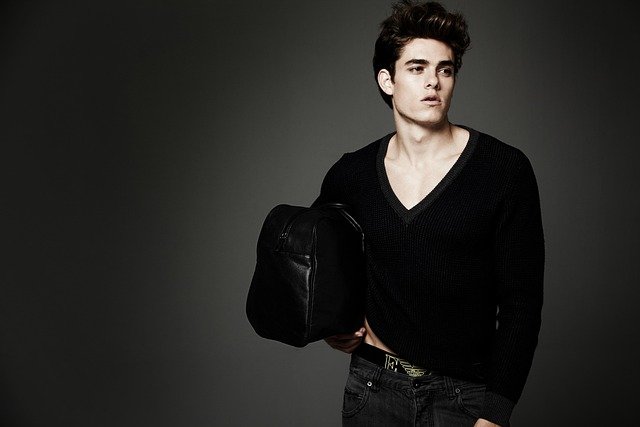**"The Evolution of Sustainable Fashion: Trends Transforming the Industry"** In this post, we

The Evolution of Sustainable Fashion: Trends Transforming the Industry
Sustainable fashion has come a long way from being a niche market to becoming a significant movement within the fashion industry. As consumers become more environmentally conscious, brands are responding with innovative practices and designs that prioritize sustainability. Here’s a look at some of the key trends transforming the landscape of sustainable fashion.
1. Eco-Friendly Materials
The shift towards sustainable fashion begins with the materials used in production. Designers are increasingly opting for eco-friendly fabrics such as organic cotton, Tencel, hemp, and recycled polyester. These materials not only reduce the environmental impact but also offer a unique aesthetic that appeals to conscious consumers.
2. Circular Fashion
Circular fashion promotes the idea of designing products with their entire lifecycle in mind. This includes creating garments that can be easily repaired, reused, or recycled. Brands are adopting take-back programs and encouraging consumers to return their old clothes, thus reducing waste and promoting a more sustainable model of consumption.
3. Slow Fashion Movement
As a counter to fast fashion, the slow fashion movement emphasizes quality over quantity. This trend encourages consumers to invest in timeless, well-made pieces that can be worn for years. Designers are focusing on craftsmanship, durability, and ethical production practices, leading to a more thoughtful approach to shopping.
4. Transparency and Ethical Practices
Consumers are demanding more transparency from brands regarding their supply chains and production processes. Many companies are now providing detailed information about where and how their products are made, ensuring fair wages and safe working conditions for workers. This trend is fostering a sense of trust between brands and consumers.
5. Innovative Technologies
Technological advancements are playing a crucial role in sustainable fashion. From 3D printing to digital fabric printing, these innovations reduce waste and energy consumption. Additionally, brands are exploring blockchain technology to ensure transparency and traceability in their supply chains.
6. Second-Hand and Vintage Shopping
The popularity of second-hand and vintage shopping is on the rise, driven by a desire to reduce waste and promote sustainable consumption. Thrift stores, online resale platforms, and vintage boutiques are becoming go-to destinations for fashion lovers looking for unique pieces while minimizing their environmental footprint.
7. Collaboration and Community Initiatives
Collaboration within the industry is fostering sustainable practices. Brands are partnering with environmental organizations, artisans, and local communities to create sustainable collections and initiatives. This collaborative spirit not only enhances creativity but also amplifies the message of sustainability.
Conclusion
The evolution of sustainable fashion is a testament to the industry’s response to pressing environmental challenges. As trends continue to evolve, it’s essential for both designers and consumers to embrace sustainability as a core value. By making informed choices and supporting brands that prioritize ethical practices, we can collectively contribute to a more sustainable future in fashion.
Join the movement towards a more sustainable fashion industry! What sustainable practices do you incorporate into your wardrobe? Share your thoughts in the comments below! 🌿👗

Upvoted! Thank you for supporting witness @jswit.